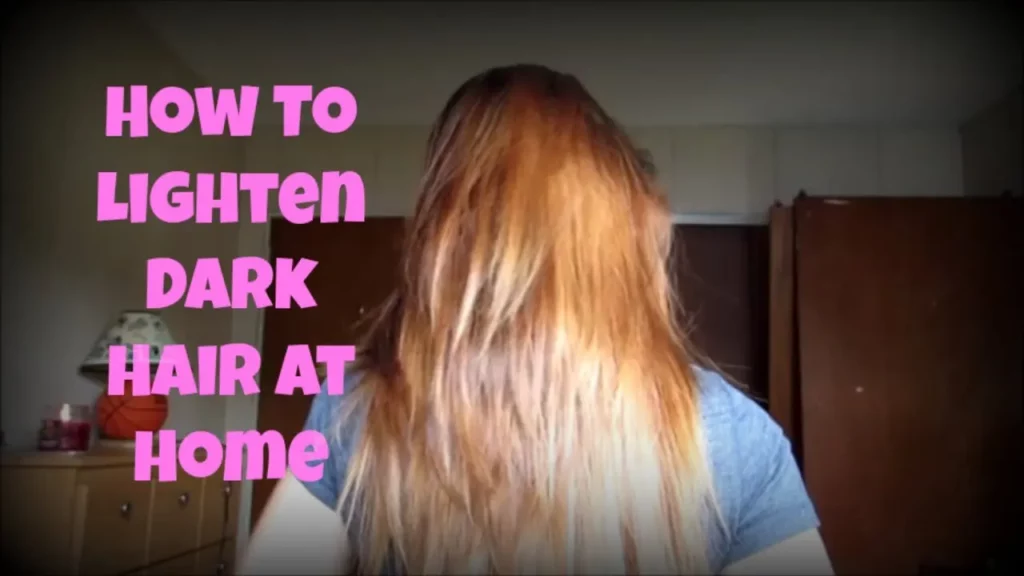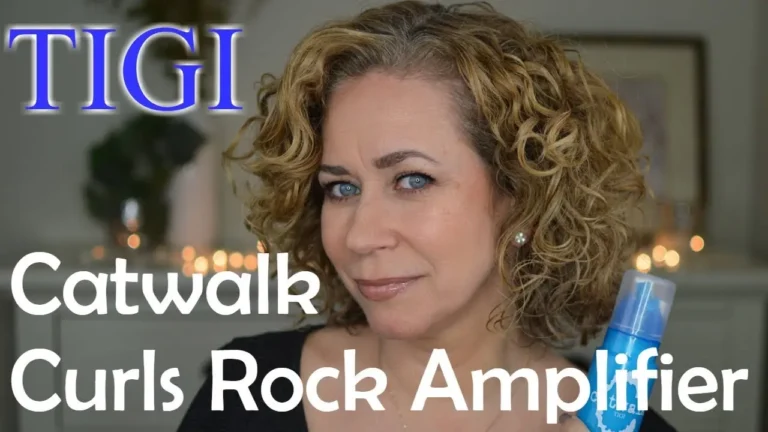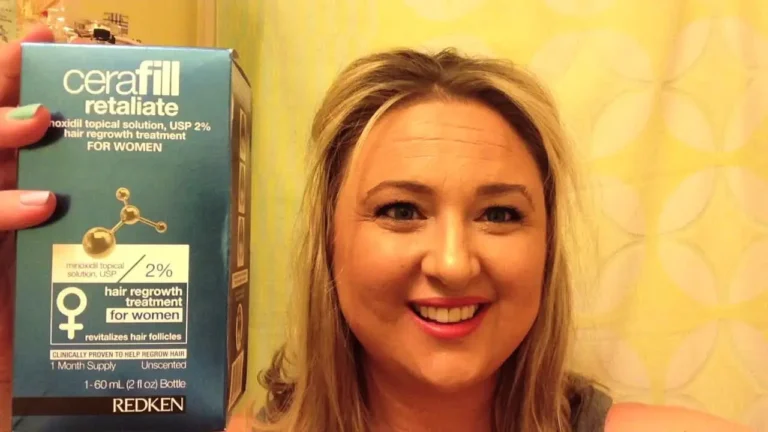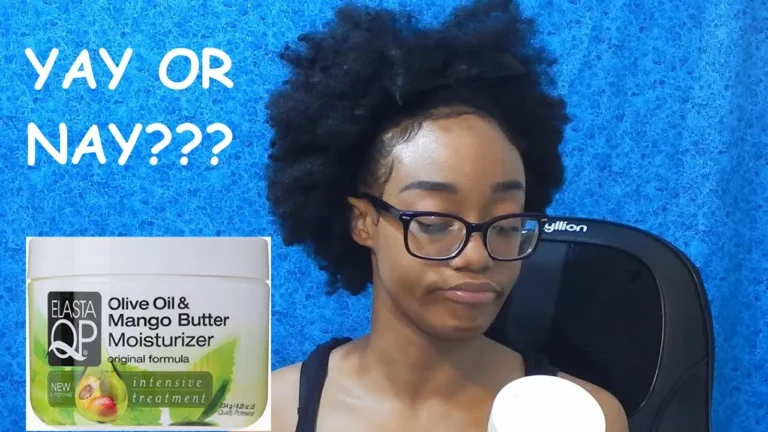
The 7 Stages of lightening dark hair
The 7 stages of lightening dark hair is a process that can be very difficult. It takes time, patience, and effort and it can be frustrating.
If you’re looking to bleach your hair a few shades lighter or even platinum blonde, it could take a long time. Depending on what color you want, it could be a lengthy process
In this article, we’ll fill you in on all the stages of lightening dark hair. It is important to know what those are and how to prepare for them if you’re aiming for a specific shade.
Lightening dark hair is a gradual process
Dark hair color can be difficult to lighten but that is because there are two types of melanin: eumelanin and pheomelanin.
The pigment in eumelanin (known as dark brown) affects lightening more than the pigment in pheomelanin (known as dark blonde).: .
The more eumelanin in your hair, the closer you are to being either a dark-haired or bright-eyed individual.
On the other hand, the greater amount of pheomelanin in your hair, has been shown to make you more prone towards being fair or lighter.
It is important to note that there are many factors that can come into play when you want to alter the color of your hair.
One of these factors is how dark or light the person’s natural hair color is. People with darker-colored hair may have more trouble on their hands, because they cannot lighten it as easily.
It can take several bleaching sessions before you achieve the desired level of lightening. Keep this in mind when you’re trying to target a specific look.
The 7 Color stages of lightening dark hair
Throughout the seven stages of hair lightening, you can expect your hair to vary widely in color. Your hair may shift in tone but not necessarily in terms of color.
As you go through this section, you’ll see how specific methods affect different processes. For example, we’ll explain the process of lightening dark hair before moving onto more specific details.
Stage 1: Black or darkest brown color
The first step on your journey moving from dark hair is focusing on going lighter. There’s no need to worry – you can go lighter from here.
Stage 2: Dark brown color
Dark brown has a level of 4 on the color scale. This is achieved after bleaching dark hair with one round of bleach or an intensive deep treatment service.
If you want to strip the dark, old colour off of your hair all you need is powdered bleach, a 20-volume developer and some time.
Stage 3: Light brown color
The next stage in this exercise is light brown or any color that’s around levels 5-6 on the brown scale.
This color is a bit red/brown undertone than you might want it to be at this point, which could lead to trouble when blending it with other colors.
This is why you might want to mix in a high volume developer (30 or 40) and also why we recommend following our best practices for choosing a developer of choice.
Stage 4: Dark blonde color
Dark blonde is considered a stage 4 in the order to help distinguish between light brown and dark brown.
It is not that uncommon for people to call their color levels 6-7 “dirty blonde,” but the term should not be used.
Dark blonde is a shade of blonde hair with a yellow undertone compared to light brown which has more of a red undertone.
Here are some helpful tips to help you get the best out of your hair! After bleaching your hair, you should deep condition in between every session. Your hair will be less crispy on the ends and more manageable.
Stage 5: Medium blonde color
A medium-blonde might be considered a level 8 color on this scale. Nearly any shade can show on top of this hue.
If you want a lighter hair color and want to achieve this shade, you will need to see a professional for a dye job.
However, at home, if you have the right products and know what situations are best for your hair color (i.e., in water), then you can achieve this shade as well.
The ability to get professional color results while minimizing additional damage to your hair is one of the many benefits of using a hairstylist.
Stage 6: Light blonde color
Level 9 is on the color wheel, where platinum (level 10) is just below. This color can be very damaging to hair if done improperly, which is why it’s often reserved for professionals rather than home styling.
You need to be careful with your hair at the platinum or platinum-blonde stage. At this point, we don’t recommend trying to achieve this color on your own. Instead, please bring it in for professional coloring.
Stage 7: Platinum or icy blonde/white color
For those searching for the perfect Elsa look, blonde hair is the true light color in terms of what colors can show up with it.
This makes it a good choice for almost every color on earth. It also matches a lot of different types of eye colors and hair colors, making it perfect for those wishing to achieve this look!
What we would recommend is talking to a professional who often works with hair coloring. Cheap products can result in irreversible harm and possibly damage the entire hair.
For best results, try deep conditioning treatments. If you want to reduce frizz and moisturize your hair at the same time, Olaplex treatments are a great option.
How light does your hair need to be?
To achieve the desired color you want, it is important to know whether or not your hair is at the appropriate stage that you need.
If you lighten your hair too much, there won’t be a lot of pigmentation to stick onto. If it’s not light enough, the color won’t show up.
Tips to choose the right color shade for you
One of the first things to consider when purchasing a box dye is which shade to use. Most brands have guidelines on what they recommend based on your natural hair color, so it’s best to ask a stylist before committing and potentially ruining your color if you choose the wrong shade.
However, a general rule of thumb for completing an overall vibrant look is: lighter/warmer shades for anything vibrant, more neutral shades for a more diluted, natural look.
It’s best to start with a color on the scale of 8 or higher, so that your hair tint won’t be too light. However, you should make sure to factor an extra value for desired contrast.
How many levels can you lighten in one session?
The frequency we recommend to treat your hair is at least every 6-8 weeks. It is also recommended that you are doing these appointments at a salon that specializes in color treatments to keep your hair healthy.
Effective ways to lighten dark hair
There are many ways to lighten your hair naturally or chemically. Chemical methods include bleaching and professional dyes, but box dye is less mainstream.
Some natural remedies for lightening hair would be using apple cider vinegar mixed with lemon juice, as well as a mix of baking soda and apple cider vinegar. Let’s look at some of these methods below.
Bleach
Bleach is a very powerful chemical that can be used to lighten your hair. It strips away the color & brightness while also removing the moisture and natural protection on your hair. This process makes it very dry and prone to damage
Using bleach to lighten your hair is the best option. It’s ideal for people with medium or dark brown hair that’s mixed with red, black, or blonde highlights.
If you want to go from stage 1 to stage 6, bleach might need to be done just a couple times at most. For those with very dark hair who want to make it lighter, sometimes more
Hair dye
Professional hair dyes are in general less damaging than bleach. They can also dry out your hair too much.
Using dyes without bleach is effective, but just a little. They lighten hair by about 2-3 shades and they only work on virgin hair.
Natural lightening methods for dark hair
Some of the most used natural hair-lightening methods include baking soda and peroxide, and apple cider vinegar.
The goal is to lighten your hair while not damaging its natural color or any other products you might use in your routine. We’ll briefly discuss more in-depth below:
Baking soda and peroxide
Of course, bleaching hair at home is a good way to lighten it but baking soda and peroxide are a safer and cheaper way.
Be careful of keeping the mixture on the hair for too long because it can cause damage. It is okay to leave it on for no more than 30 minutes, but 3-5 sessions is preferred.
Apple cider vinegar
Apple cider vinegar can add shine and improve the health of your hair. It needs to be diluted before use though as it is a strong acid. A 1:6 ratio of apple cider vinegar to water is about perfect.
To get the same results as professional hair lightening treatments, you can leave apple cider vinegar on your hair for 15-20 minutes and see dramatic results in about 3-4 sessions.
Note: A natural hair lightening method may be gentler but only because it doesn’t have the same amount of chemicals in it.
They are not as reliable for changing hair color because the formula is not specifically designed for changing your hair color on purpose like with bleach or hair dye.
Conclusion:
Knowing the 7 Stages of Lightening Dark Hair helps you understand exactly how to proceed with your process of lightening your hair.
Are you someone who wants to achieve the perfect hair color the first time? With all of these valuable insights, it’ll be easier to find your perfect color.








Comments are closed.